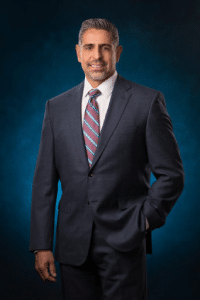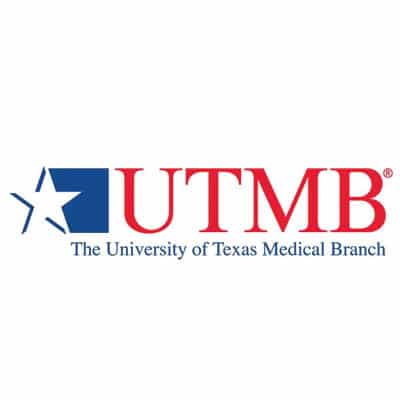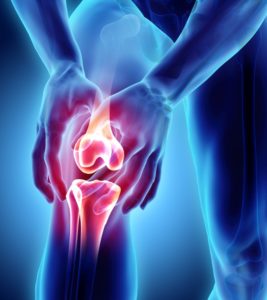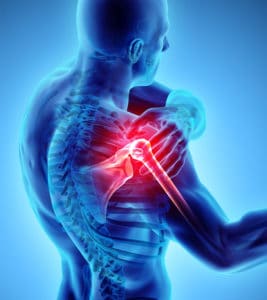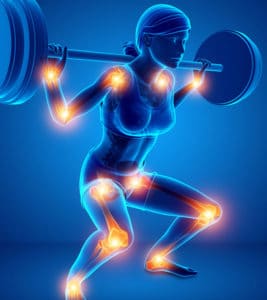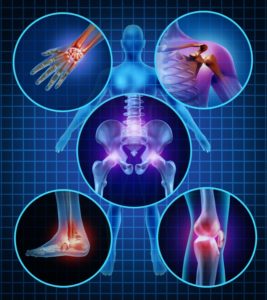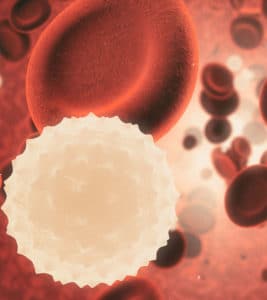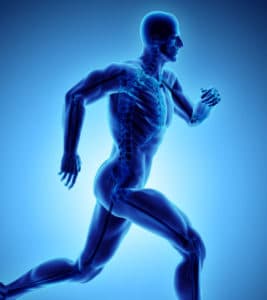MCL Tear
Medial Collateral Ligament Sprain
The collateral ligaments are located on the sides of the knees. The medial collateral ligament (MCL) is located in the knee, connecting the inner side of the thigh bone to the shin (tibia) bone. The MCL helps the knee to resist force and keeps it stable against unusual movement. The collateral ligaments also control the sideways motion of the knee. This ligament may become torn or damaged as a result of direct impact to the outside of the knee. An injury may cause the MCL to loosen, stretch and possibly tear, resulting in pain and inflammation.
Symptoms Of An MCL Sprain
Patients with an MCL sprain may experience the following symptoms on the inside of the knee:
- Pain
- Tenderness
- Swelling
After an MCL sprain, individuals may also experience, instability, or the feeling that the knee is going to give way.
Types Of MCL Sprains
An MCL sprain is diagnosed through a physical examination of the knee. Additional imaging tests may include an X-ray or MRI scan. The doctor determines the grade of the MCL sprain based on the extent of damage, which may range from a mild tear to a complete rupture. MCL sprains may be classified as:
- Grade 1 sprains occur when the ligament is mildly damaged
- Grade 2 sprains occur when the ligament has been stretched and loosened
- Grade 3 sprains occur when the ligament is completely torn
Grade 2 sprains are commonly referred to as a partial tear of the ligament.
Treatment Of An MCL Sprain
Treatment for an MCL sprain varies based on the severity of the injury, but it can normally be treated with conservative methods that include:
- Rest
- Ice
- Compression
- Elevation
- Knee brace
A physical therapy program may help to strengthen and restore function to the knee. In severe cases, when the ligament has torn completely and not healed properly, surgery may be necessary for repair.
Rehabilitation For Medial Collateral Ligament Injury
Medial collateral ligament (MCL) injury refers to sprains or tears of a ligament in the knee that normally helps to maintain stability. Such an injury commonly occurs in contact sports as a result of direct impact to the outside of the knee. A medial collateral ligament injury may range in severity from a mild tear to a complete rupture, but is always painful. After the initial rest, ice, compression and elevation (RICE), patients will likely benefit from rehabilitation exercises to restore strength and functionality to the area.
Nonsurgical Rehabilitation For MCL
Most partial tears of the medial collateral ligament heal with a period of rest and immobilization. Crutches may be necessary and over-the-counter anti-inflammatory medications can help to reduce pain and swelling. Some patients are helped by the support of a knee brace, but a cast is rarely used to treat this ailment.
A program of physical therapy for such an injury is focused on helping the patient to regain a full range of normal knee movement. Range of motion exercises typically used include stretching and using a stationary bicycle. Other exercises are designed to improve balance and strengthen muscles, especially the groin muscles and the quadriceps muscle on the front of the thigh. Treatments for this injury may also include electrical stimulation and the careful application of pressure to the affected join by a trained therapist.
The duration of the rehabilitation process is determined by the severity of the tear or sprain. The therapy sessions, usually scheduled two to three times a week may go on for from 4 weeks to as long as 3 months. If the patient is still experiencing swelling, pain or instability after 3 months, surgery is usually necessary.
Rehabilitation After MCL Surgery
There are several surgical procedures performed to repair a medial collateral ligament, depending on the specific nature of the injury, but no matter which surgery is performed, rehabilitation will be required afterward. The focus of postsurgical rehabilitation is helping the patient to regain strength and stability in the knee joint, as well as full range of motion. Exercises specifically designed to accomplish this will be prescribed and the patient will be guided to engage in them appropriately. Sometimes after surgery a continuous passive motion machine is employed. This device is very helpful in alleviating joint stiffness and helping the patient to regain mobility.
It is very important that patients follow directives about limiting weight-bearing activities after surgery to avoid reinjury. The majority of patients who have undergone surgery to repair the medial collateral ligament are instructed to wear a hinged knee brace when they resume normal activities, particularly if they engage in sports.

